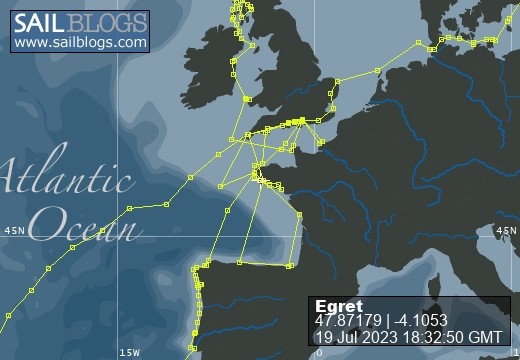
Egret
09 August 2022 | Picture: The Sunk Inner Light Vessel in the Thames Estuary
03 August 2022 | Egret at the Royal Norfolk and Suffolk Yacht Club, Lowestoft
23 July 2022 | Picture: One of the smaller locks at Holtenau
20 July 2022 | Picture: Patrick reminiscing with Juergen at Rostock
11 July 2022 | Picture: Egret at Stralsund, with the barque Gorch Fock beyond
04 July 2022 | Picture: Amanda on Bornholm
01 July 2022 | Picture: Kristianopol, with Egret at far right
26 June 2022 | Ernemar
19 September 2020 | Picture: Egret being lifted out at Ernemar, Sweden
08 September 2020 | Chart: our route from Mem into the Tjust Archipelago
01 September 2020 | Picture: the Carl Johans flight of seven locks
29 August 2020 | Picture: Egret (by G. Einefors)
27 August 2020 | Picture: Egret at Vadstena Castle
25 August 2020 | Picture: Norrkvarn Lock
23 August 2020 | Picture: Egret crossing Lake Vänern
19 August 2020 | Picture: Inside the lowest Trollhatte lock
17 August 2020 | Picture: The Gota Alv Bron in Gothenburg
16 August 2020 | Picture: the GKSS, Langedrag
13 August 2020 | Picture: Egret alongside (left) at Fisketangen
10 August 2019
138. Azores Highs: Faial and Pico
21 June 2015
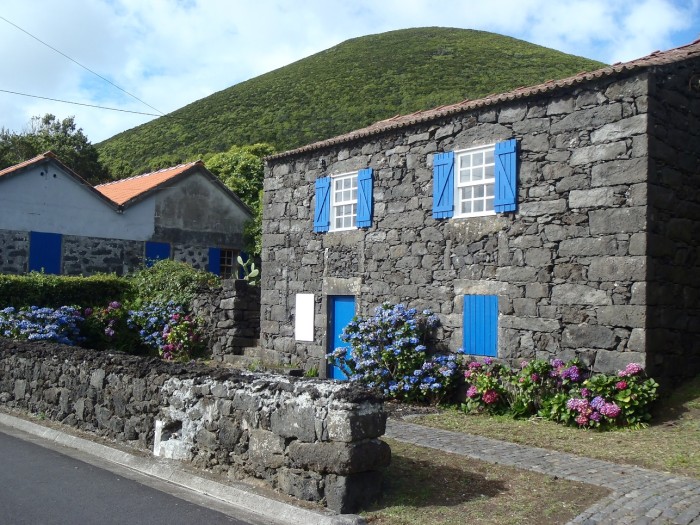
We were eating a picnic on a grassy slope speckled with brightly coloured wild flowers when we spotted a sperm whale blowing, a mile offshore. We had just completed a walk around Monte da Guia, an extinct volcanic cone which juts out into the ocean next to the oldest part of the town of Horta. In the relatively recent past, the sighting of a whale would have triggered the launching of boats from the beach and a frantic chase to harpoon it and tow it ashore. Whaling in the Azores began in 1765 with the arrival of ships from New England seeking a mid Atlantic base for repairs, re-provisioning and the recruitment of crews. By a century later, the Azoreans had developed their own methods of whaling using small vessels launched from the shore. Just below where we were sitting, the Porto Pim processing works, which closed in 1973, had recently been reopened as a museum. It houses the original equipment for winching the carcasses up the slipway, extracting the oil, and drying and grinding the meat and bones to produce fertilisers and feed. A display which particularly interested us features the U.S. whaling ship Charles W. Morgan, which regularly called at the Azores. It was a direct link to an earlier part of our own voyage, because three years earlier we had seen her under restoration in the USA at the Mystic Seaport museum.
The island of Faial is essentially a huge volcanic cone, and at its summit is the Caldeira. It is best visited, of course, when it is not totally shrouded by clouds, and they were just skimming overhead as we set off along the 8km long, rugged, narrow path that circumnavigates the rim. On the inner side, the ground drops steeply to the crater floor some 400m below, all very green and lush, with scattered, marshy pools. The outer slopes are gentler, leading the eye across the island in all directions to the sparkling waters of the surrounding ocean. To the west, a series of secondary peaks culminates at Capelinhos, where the most recent volcano erupted only in 1958, just offshore. After completing the circuit, we drove back down along pretty country lanes and skirted around the lower slopes of the island. The hedgerows, delightfully, are of blue and white hydrangeas, both mop-heads and lace-caps, spotted with clumps of red roses; and the villages have picturesque black stone cottages splashed with brightly painted shutters and doors. At Ponta dos Capelinhos, however, all has been smothered by recent volcanic deposits of dark, grey dust and clinker. A spectacular museum has been built underground to commemorate the dramatic eruption, with film theatres and state of the art exhibits. As well as the geological interpretations, we learnt of the exoduses of islanders after generations of eruptions and earthquakes to start new lives in America. One can exit the museum at the foot of an old lighthouse and climb its spiral staircase to the lantern. It is now redundant, as the light would be obscured by the newly formed peninsular. Looking out across the barren landscape, it is hard to imagine what it must have been like to witness those unstoppable forces of nature.
The island of Pico lies tantalisingly close, just five miles across the water from Horta. At 300,000 years old, it is the youngest island of the Azores, which is reflected in its stark, uneroded landscape. Its 2,351m peak - the highest in Portugal - is invariably adorned by a necklace of cloud. Climbing it is no mean undertaking and was not in our plans, but there are other attractions that are unique to this island. The simplest way to get there is by ferry from Horta, so one day we joined the early morning commuters for the half hour ride to Madelena, which is dominated by its black and white church overlooking the inner harbour. The heavens opened as we stepped ashore, so we made a beeline to a café for shelter and breakfast. Dried out and refreshed, we walked to the edge of the town to visit the Museo do Vinho, housed in a 17th century stone building which had once been part of a Carmelite Monastery. Behind the terracotta coloured doors and window shutters are displays about every aspect of Pico's long history of wine making. In a building across the courtyard, beyond a huge dragon tree, are the original presses where the grapes were crushed in stone tanks by the weight of massive timber baulks, which were adjusted by wooden screw-jacks. There is also a collection of stills for brandy making in a third building.
A taxi took us the few miles to Porto do Calhou, where we alighted on a deserted quay during another downpour of rain. Feeling somewhat abandoned, we trudged back towards Madelena along the coast road, but fortunately the rain soon cleared away. Turning inland at a small hill, the lane winds its way between areas of closely spaced volcanic stone walls, built in maze-like patterns to shelter grape vines from the prevailing winds. These ancient yet still working vineyards have been declared a World Heritage Site. We walked up rocky tracks, grooved by cartwheels, and along paths barely wide enough for a man carrying a basket of grapes on his shoulder. Miniscule stone huts snuggle into a corner of some of the plots, a lone windmill stands high above the skyline, magnificent clumps of red and white flowering bottle-brush trees enliven the green and black landscape, and finally, a large manor house marks the start of the next village. There, at a popular fish restaurant, we sampled a fine bottle of the local 'Terras Lava Branco' over lunch. It overlooks a small harbour and quay, with an old derrick which would have been used to load barrels of wine onto small sailing craft to be taken to warehouses in Horta for shipment overseas. Back in Madelena, we looked in at the Museu de Cachalotes e Lulas. It is dedicated to the study of sperm whales and their favourite, but most challenging, delicacy: giant squids. It is mainly the legacy of an eccentric British academic, whose life's work it had been. We rejoined the queue of commuters to catch the ferry back to Horta.
Many yachts make Horta their only stopover in the Azores, but we were determined to do them justice and spend time exploring a few more of the nine islands. Each one has its own special character, and they were to become one of the highlights of our circumnavigation. After settling up at Horta's harbour office and filling up with diesel at the quay, we set out under sail, beating against a pleasant force 3 breeze. Several small whales came past, one of them coming up to breathe right next to us several times. We were also impressed by the shearwaters as they skimmed the wave tops with barely a movement of their wings, until alighting on the water in sociable groups. In the early afternoon, 28 miles and five tacks later, we started the engine and headed into the harbour of Velas on the island of São Jorge.
The island of Faial is essentially a huge volcanic cone, and at its summit is the Caldeira. It is best visited, of course, when it is not totally shrouded by clouds, and they were just skimming overhead as we set off along the 8km long, rugged, narrow path that circumnavigates the rim. On the inner side, the ground drops steeply to the crater floor some 400m below, all very green and lush, with scattered, marshy pools. The outer slopes are gentler, leading the eye across the island in all directions to the sparkling waters of the surrounding ocean. To the west, a series of secondary peaks culminates at Capelinhos, where the most recent volcano erupted only in 1958, just offshore. After completing the circuit, we drove back down along pretty country lanes and skirted around the lower slopes of the island. The hedgerows, delightfully, are of blue and white hydrangeas, both mop-heads and lace-caps, spotted with clumps of red roses; and the villages have picturesque black stone cottages splashed with brightly painted shutters and doors. At Ponta dos Capelinhos, however, all has been smothered by recent volcanic deposits of dark, grey dust and clinker. A spectacular museum has been built underground to commemorate the dramatic eruption, with film theatres and state of the art exhibits. As well as the geological interpretations, we learnt of the exoduses of islanders after generations of eruptions and earthquakes to start new lives in America. One can exit the museum at the foot of an old lighthouse and climb its spiral staircase to the lantern. It is now redundant, as the light would be obscured by the newly formed peninsular. Looking out across the barren landscape, it is hard to imagine what it must have been like to witness those unstoppable forces of nature.
The island of Pico lies tantalisingly close, just five miles across the water from Horta. At 300,000 years old, it is the youngest island of the Azores, which is reflected in its stark, uneroded landscape. Its 2,351m peak - the highest in Portugal - is invariably adorned by a necklace of cloud. Climbing it is no mean undertaking and was not in our plans, but there are other attractions that are unique to this island. The simplest way to get there is by ferry from Horta, so one day we joined the early morning commuters for the half hour ride to Madelena, which is dominated by its black and white church overlooking the inner harbour. The heavens opened as we stepped ashore, so we made a beeline to a café for shelter and breakfast. Dried out and refreshed, we walked to the edge of the town to visit the Museo do Vinho, housed in a 17th century stone building which had once been part of a Carmelite Monastery. Behind the terracotta coloured doors and window shutters are displays about every aspect of Pico's long history of wine making. In a building across the courtyard, beyond a huge dragon tree, are the original presses where the grapes were crushed in stone tanks by the weight of massive timber baulks, which were adjusted by wooden screw-jacks. There is also a collection of stills for brandy making in a third building.
A taxi took us the few miles to Porto do Calhou, where we alighted on a deserted quay during another downpour of rain. Feeling somewhat abandoned, we trudged back towards Madelena along the coast road, but fortunately the rain soon cleared away. Turning inland at a small hill, the lane winds its way between areas of closely spaced volcanic stone walls, built in maze-like patterns to shelter grape vines from the prevailing winds. These ancient yet still working vineyards have been declared a World Heritage Site. We walked up rocky tracks, grooved by cartwheels, and along paths barely wide enough for a man carrying a basket of grapes on his shoulder. Miniscule stone huts snuggle into a corner of some of the plots, a lone windmill stands high above the skyline, magnificent clumps of red and white flowering bottle-brush trees enliven the green and black landscape, and finally, a large manor house marks the start of the next village. There, at a popular fish restaurant, we sampled a fine bottle of the local 'Terras Lava Branco' over lunch. It overlooks a small harbour and quay, with an old derrick which would have been used to load barrels of wine onto small sailing craft to be taken to warehouses in Horta for shipment overseas. Back in Madelena, we looked in at the Museu de Cachalotes e Lulas. It is dedicated to the study of sperm whales and their favourite, but most challenging, delicacy: giant squids. It is mainly the legacy of an eccentric British academic, whose life's work it had been. We rejoined the queue of commuters to catch the ferry back to Horta.
Many yachts make Horta their only stopover in the Azores, but we were determined to do them justice and spend time exploring a few more of the nine islands. Each one has its own special character, and they were to become one of the highlights of our circumnavigation. After settling up at Horta's harbour office and filling up with diesel at the quay, we set out under sail, beating against a pleasant force 3 breeze. Several small whales came past, one of them coming up to breathe right next to us several times. We were also impressed by the shearwaters as they skimmed the wave tops with barely a movement of their wings, until alighting on the water in sociable groups. In the early afternoon, 28 miles and five tacks later, we started the engine and headed into the harbour of Velas on the island of São Jorge.
Comments
| Vessel Name: | Egret |
| Vessel Make/Model: | Sweden Yachts 390 |
| Hailing Port: | Chichester Harbour |
| Crew: | Patrick & Amanda Marshall |
Egret's Photos - Main
R.jpg) |
The Gota River, Trollhatte Canal, Lakes Vanern & Vattern and the Gota Canal
2 Photos | 9 Sub-Albums
Created 30 September 2020
|
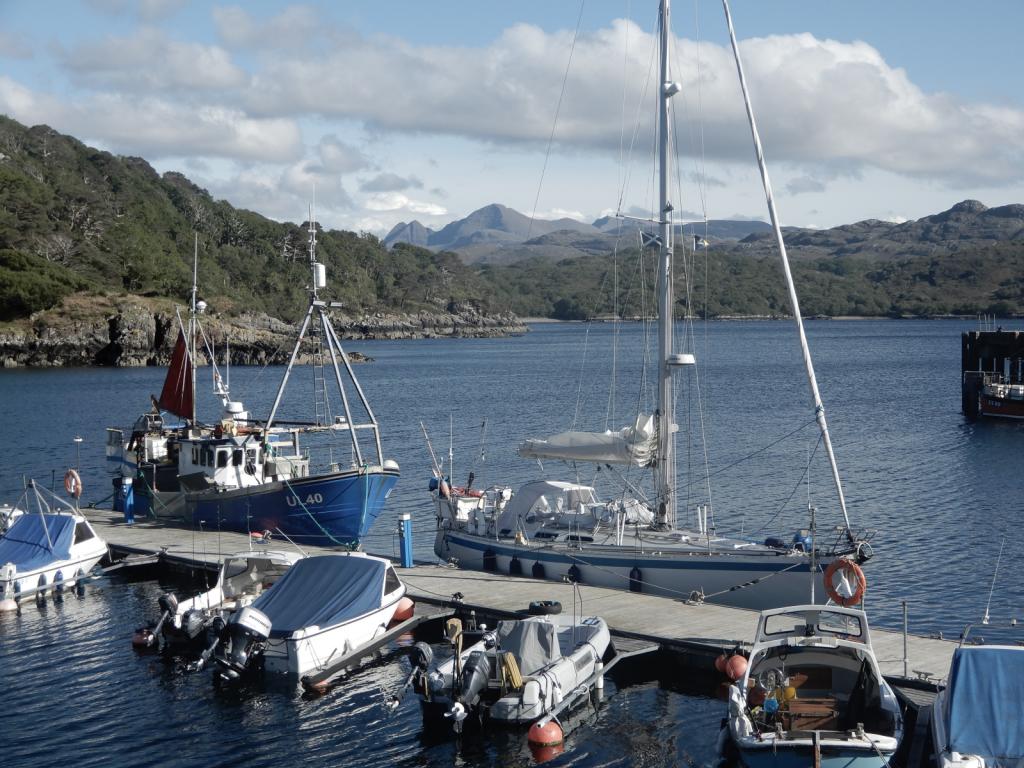 |
The Inner and Outer Hebrides, Orkney, Fair Isle, Shetland, Norway and Sweden's west coast.
1 Photo
Created 14 November 2019
|
|
Normandy, Scilly, Pembrokeshire, Ireland, Isle of Man, Northern Ireland, Inner Hebrides and the Crinan Canal.
1 Photo
Created 14 November 2018
|
Egret
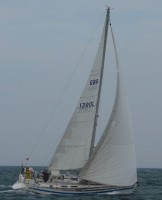
Who: Patrick & Amanda Marshall
Port: Chichester Harbour

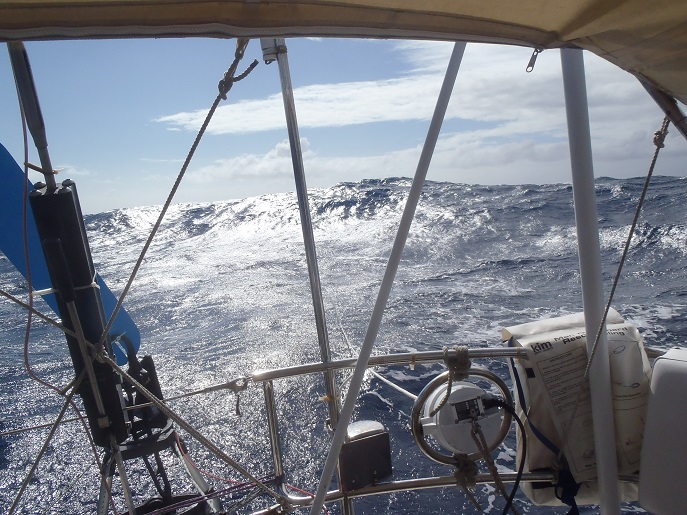
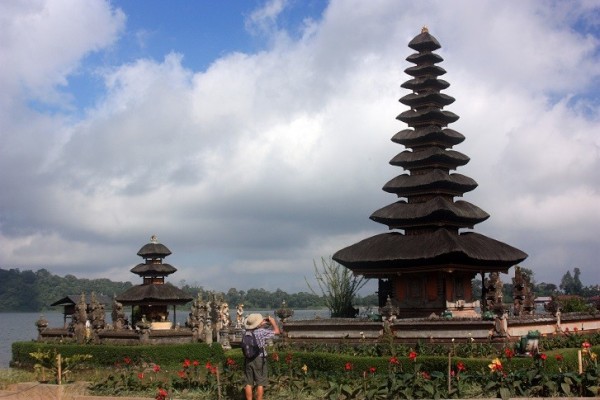
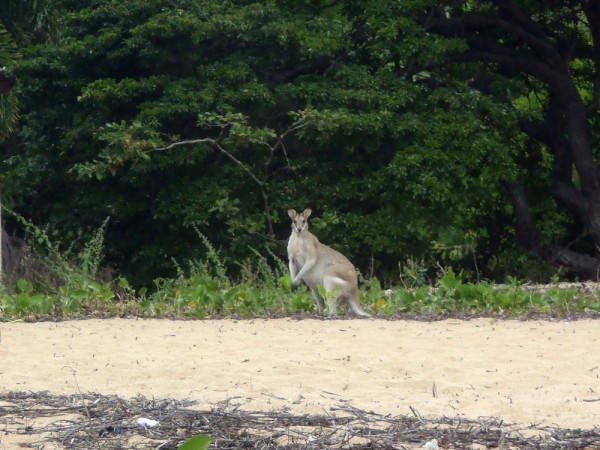
, Pentecost, Naghol (Land diving)a.jpg)
Amanda raising the Quarantine & New Zealand courtesy flagedit_edited-1 a.jpg)
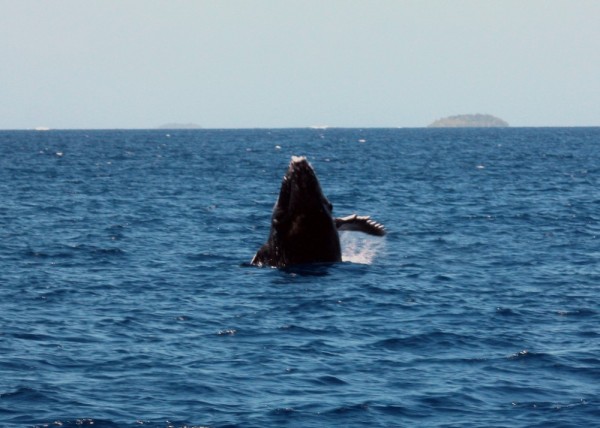
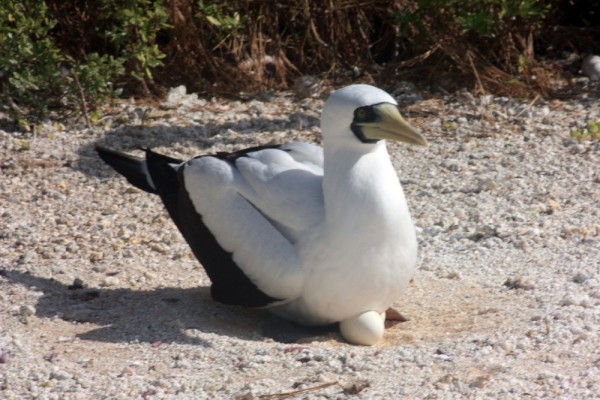
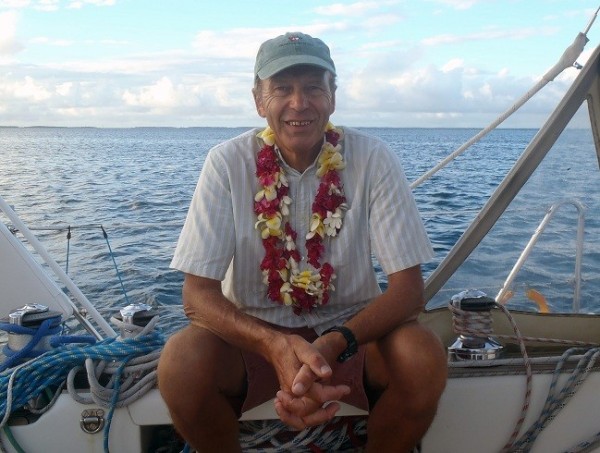
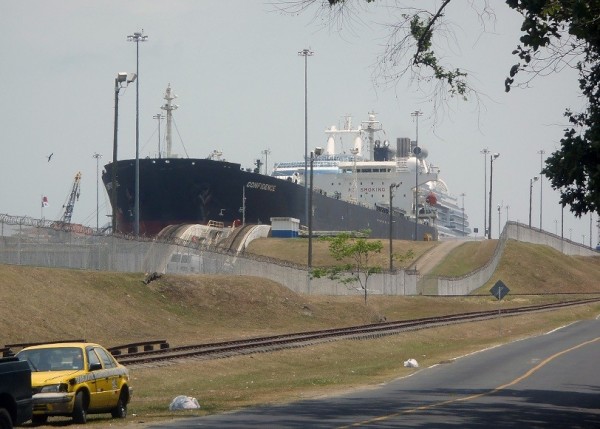
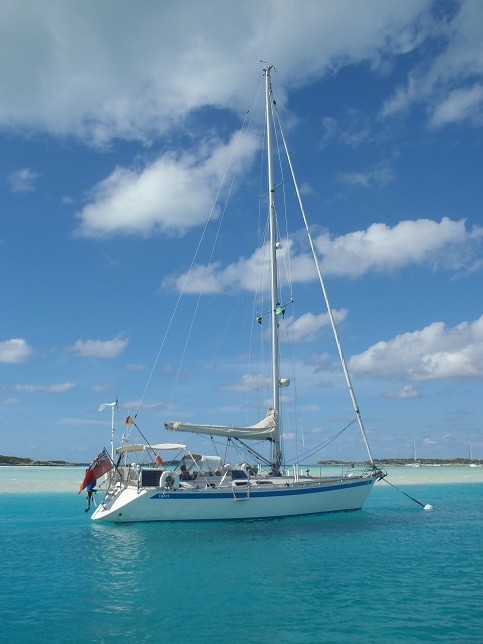
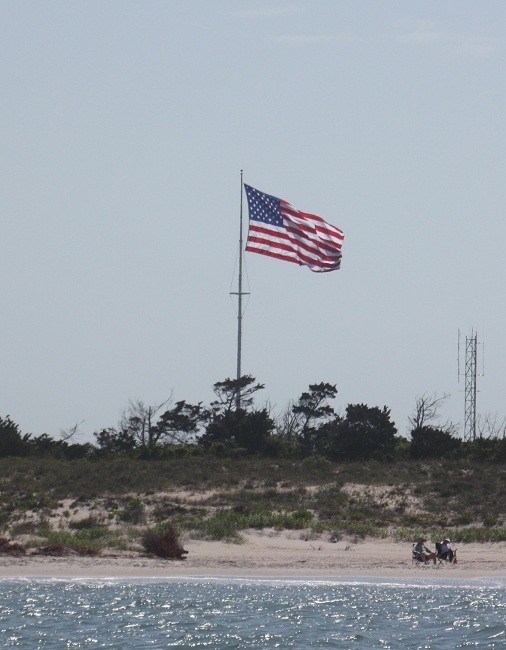
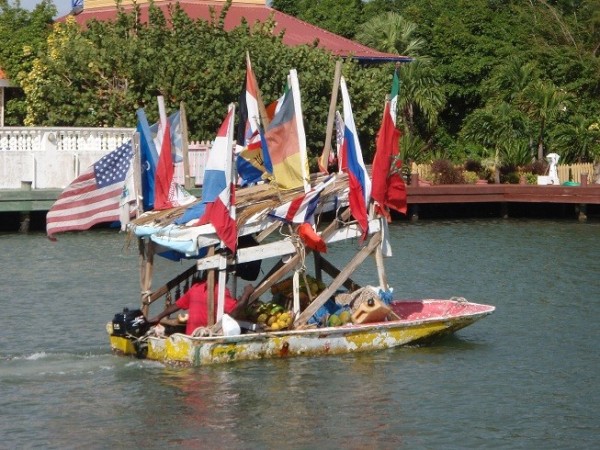
 a.jpg)
.jpg)

, Pentecost, Naghol (Land diving) a.jpg)
 Sir Edmund Hillary Alpine Centre a.jpg)

